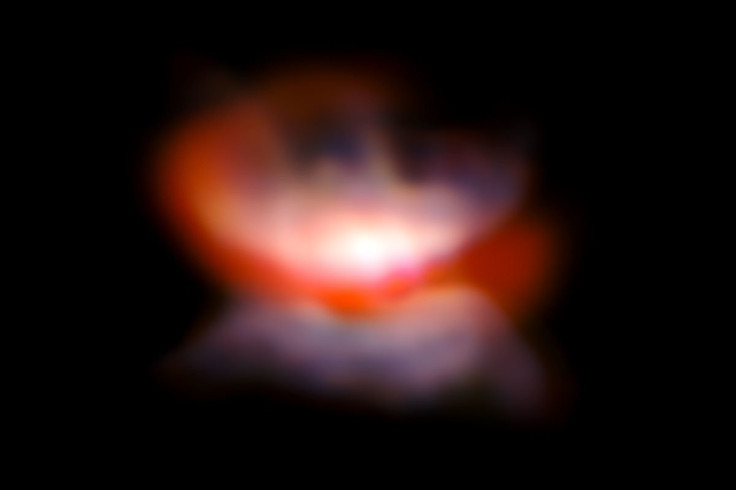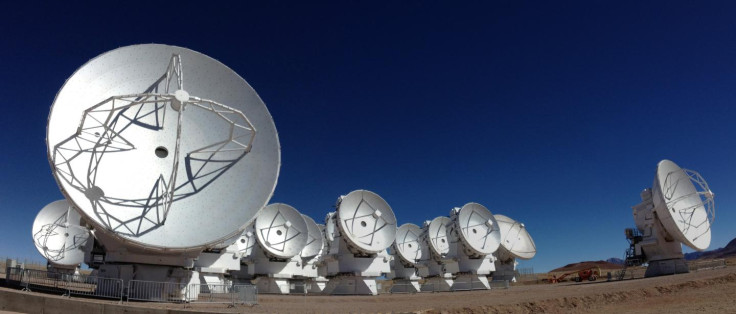Is there any way the Earth could survive when the Sun explodes in a few billion years?
A nearby star is showing what will happen when our Sun blows up at the end of its life cycle.

Five billion years ago, L2 Puppis was just an ordinary star like our Sun. Now it has swelled to a hundred times its size, as it burns itself out of energy and becomes a large and diffuse red giant.
In about the same length of time, our own Sun will go the same way.
"Five billion years from now, the Sun will have grown into a red giant star, more than a hundred times larger than its current size," says Leen Decin of the KU Leuven Institute of Astronomy in Belgium.
Goodbye to the solar system as we know it
The two planets closest to the Sun, Mercury and Venus, won't stand a chance. They will certainly be engulfed by the swollen red star and destroyed.
But what about our home, planet Earth?
"The fate of the Earth is still uncertain," Decin says. "We already know that our Sun will be bigger and brighter, so that it will probably destroy any form of life on our planet. But will the Earth's rocky core survive the red giant phase and continue orbiting the white dwarf?"
L2 Puppis may hold the answer. The star is just a stone's throw – about 208 light years – away from Earth. The astronomers at KU Leuven have been watching it through the ALMA radio telescope, made up of 66 radio antennae spread over 16km.

The star that was like ours has expanded dramatically and is now thought to be turning into a white dwarf. Our Sun is likely to do the same. When it has burnt itself out as a red giant it will lose a lot of its mass through a stormy solar wind. It will reduce in size again to become a tiny white dwarf star in about seven billion years.
"This will be about the size of the Earth, but much heavier: One tea spoon of white dwarf material weighs about five tonnes," Decin says.
There is no planet orbiting L2 Puppis comparable to Earth. However, there is a planet orbiting the dying star about 300 million kilometres away – twice the distance between the Earth and the Sun. The astronomers at Leuven hope that by studying this planet they may be able to glimpse into the Earth's distant future to see how such planets are affected when a star expands to become a red giant.
The research is published in the journal Astronomy and Astrophysics.
© Copyright IBTimes 2025. All rights reserved.





















